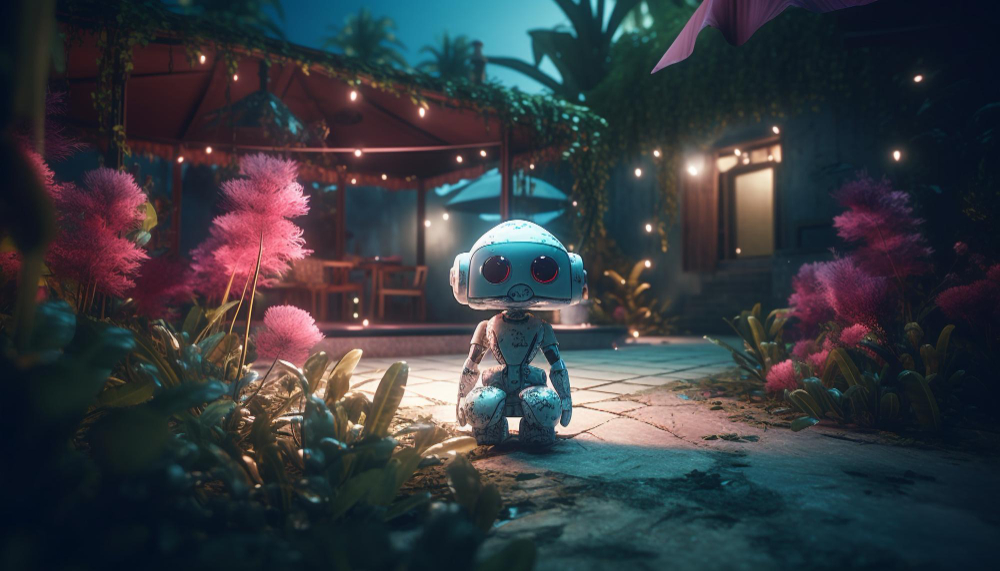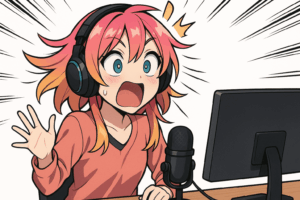The integration of artificial intelligence (AI) has opened up new avenues for creativity in the world of gaming and we are here for it. One exciting application of AI in the gaming industry is the generation of art assets. In this blog post, we’ll explore the basics of AI-generated art and how you can use it to enhance your video game projects. As we embark on this exploration of AI-generated art in the games, we’ll uncover the intricate processes that enable machines to create visual wonders. From understanding the underlying the basics to practical tips on implementation, this blog will equip you with the knowledge to harness the full potential of AI, transforming your game development experience into a realm of limitless artistic possibilities. So, let’s explore the dynamic fusion of technology and creativity that is reshaping the future of video game design.
Understanding the Basics of AI-Generated Art
AI-generated art, a fusion of artificial intelligence and creative expression, relies on advanced algorithms such as Generative Adversarial Networks (GANs) and style transfer. These computational techniques autonomously craft visual elements for video games, offering developers a dynamic toolset to enhance the aesthetic appeal and innovation of their projects.
The process of transforming images into AI-generated art involves feeding a neural network with a diverse range of visual data. The AI then analyzes the patterns, styles, and features present in these images to generate entirely new and often unique artworks. This process can be particularly fascinating when applied to existing game assets, providing a fresh perspective or even evolving the visual theme of a game.
AI art generators come in various forms, from standalone software to online platforms like 3Daily. Each of these tools utilizes different algorithms and approaches, offering a spectrum of creative possibilities. Game developers can experiment with these generators to discover which aligns best with their artistic vision and workflow.
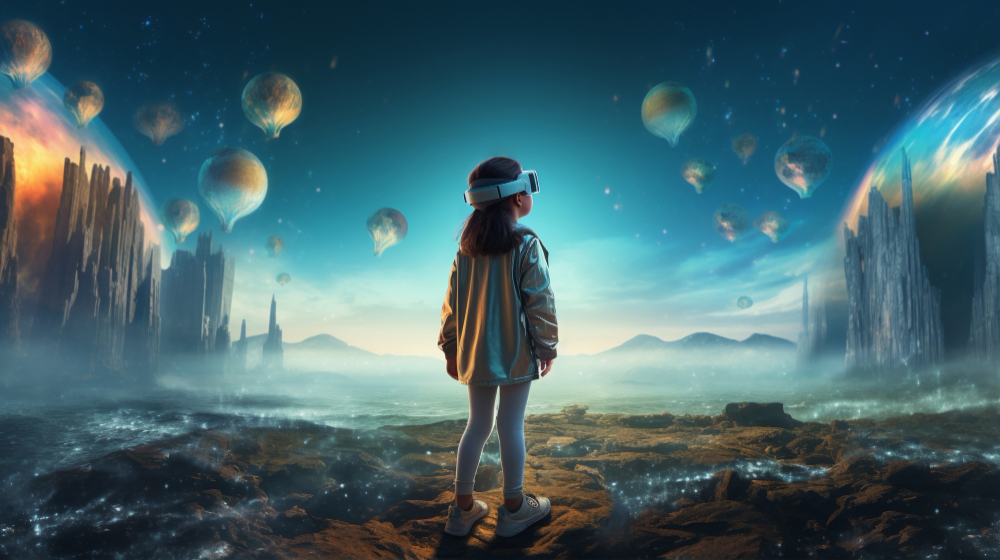
How to Enhance Video Games with AI-Generated Art
1. Character Design
AI-generated art can revolutionize character design by offering a multitude of options based on specified parameters. Whether you need variations in facial features, clothing styles, or character archetypes, AI can swiftly generate diverse concepts, saving considerable time in the iterative design process. Additionally, AI-driven character design allows developers to explore unconventional and imaginative traits, pushing the boundaries of traditional design norms. This not only promotes creativity but also introduces a level of unpredictability, giving a fresh and dynamic dimension into character creation that can captivate players with new and engaging visual experiences.
2. Game Environment Design
Creating expansive and visually stunning game environments is a time-consuming task, but AI can speed up this process. By inputting criteria such as terrain type, climate, and architectural style, developers can leverage AI to generate intricate landscapes, buildings, and atmospheric elements, maintaining consistency with the game’s overall aesthetic. Furthermore, AI’s impact on game environment design extends beyond efficiency. It empowers developers to experiment with diverse and immersive virtual worlds, exploring unique combinations of elements that might not have been feasible through traditional methods. This transformative approach not only quickens the design process but also enriches the gaming experience by offering players visually captivating and intricately crafted environments that align seamlessly with the intended narrative and thematic elements of the game.
3. Textures
The application of AI to generate textures can enhance the realism of in-game objects. From the rough surface of a stone wall to the intricate details of a house, AI can analyze existing textures and create high-quality variations that can be seamlessly integrated into the game. Moreover, AI-driven texture generation introduces a level of detail and diversity that elevates the overall visuals of in-game objects. By analyzing existing textures, the technology ensures an accurate portrayal of surfaces, capturing the subtleties of materials and enhancing the immersive quality of the gaming experience. This capability allows developers to achieve a heightened realism, from the weathered appearance of a stone wall to the intricate intricacies of a house, contributing to a more visually compelling and immersive virtual environment.
4. Variations
Variety is key in game design, and AI excels in producing numerous iterations of assets. This is especially beneficial for creating diverse character outfits, weapon designs, or environmental elements. Game developers can use AI to quickly explore different visual possibilities and select the most fitting options for their game. Furthermore, AI’s prowess in generating variations proves invaluable in the quest for diversity within game design. Whether crafting an array of character outfits, experimenting with weapon designs, or diversifying environmental elements, game developers can leverage AI to rapidly explore a multitude of visual possibilities. This not only streamlines the creative process but also enables developers to select the most fitting and captivating options, ensuring a rich and varied gaming experience for players.
5. Prototyping
AI-generated art is a valuable asset in the prototyping stage. Instead of waiting for manual designs to be created and implemented, developers can use AI to generate quick visual prototypes. This accelerates the iteration process, allowing for rapid testing and refinement of ideas. Additionally, AI-generated art proves to be a valuable resource during the prototyping stage of game development. Rather than waiting for manual designs, developers can employ AI to quickly generate visual prototypes. This acceleration in the iteration process facilitates rapid testing and refinement of ideas, enabling developers to efficiently experiment with various concepts and iterate on their game design, ultimately leading to more polished final implementations.
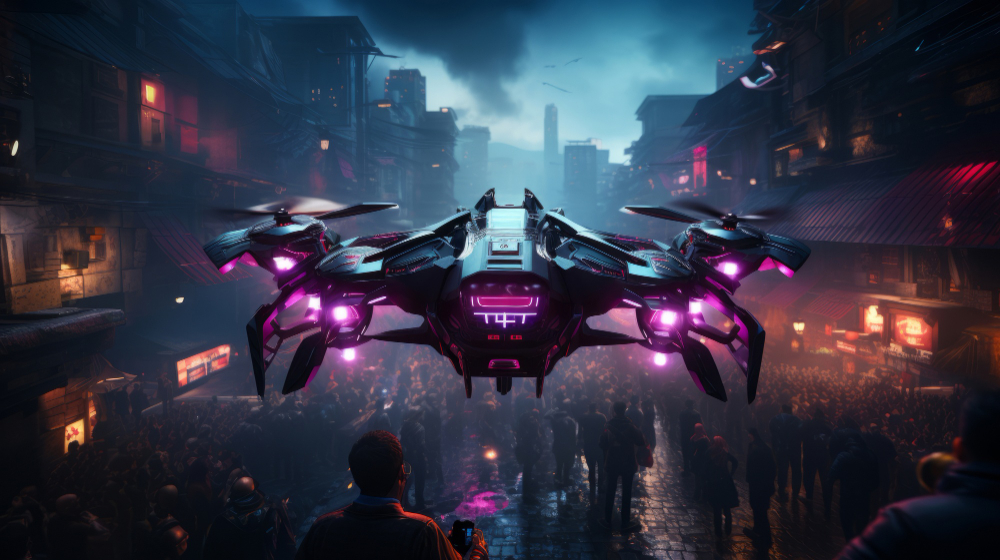
AI-Generated Art vs. Manual Art
AI-generated art and manual art creation represent two distinct approaches in the realm of visual design for games. Manual art, driven by the hands-on creativity of artists, offers a deeply personalized touch, with each stroke and detail reflecting the artist’s unique style and vision. It thrives on the subtleties of human intuition and expertise, allowing for a level of artistic expression that is deeply rooted in the individual’s skill and experience. On the other hand, AI-generated art combines machine intelligence with creative expression, producing visually stunning and diverse works across various mediums.
Advantages of AI-Generated Art
AI-generated art presents a host of advantages in the field of game development. One notable pro is the speed and efficiency it brings to the asset creation process. By automating certain aspects, developers can significantly reduce the time required for designing characters, environments, or textures, allowing for quicker turnaround times in the overall game development cycle. This acceleration is particularly beneficial when timelines are tight, enabling teams to meet deadlines without compromising on the quality of visual assets.
Another strength of AI-generated art lies in its ability to foster diverse creativity. AI algorithms can produce unexpected and innovative designs constantly. This unpredictability offers a fresh and dynamic dimension into the creative process, opening up new possibilities for visual aesthetics in video games. The capability to explore unconventional and imaginative concepts contributes to a game’s uniqueness.
Challenges of AI-Generated Art
On the flip side, AI-generated art comes with its set of challenges. One notable drawback is the lack of a human touch. While AI can efficiently churn out designs, it may sometimes lack the nuanced and emotional touch characteristic of human-created art. This can result in designs that feel too algorithmic or lack the subtleties that human artists inherently embed in their work.
Additionally, there is a learning curve associated with implementing AI tools into the development workflow. Developers unfamiliar with these technologies may need time to adapt and optimize their usage. Overcoming this learning curve is crucial for harnessing the full potential of AI-generated art and integrating it seamlessly into the game development pipeline. Despite these challenges, the benefits of speed, efficiency, and diverse creativity position AI-generated art as a transformative force in shaping the future of visual design in the gaming industry.
Future Trends in AI-Generated Art for Game Development
As we look ahead, the landscape of AI-generated art in game development is poised for further evolution. Anticipating future trends can provide valuable insights for developers seeking to stay at the forefront of this dynamic intersection of technology and creativity.
1. Enhanced Realism and Detail:
Future advancements in AI algorithms are likely to focus on achieving even greater realism and detail in generated art assets. This could involve more sophisticated texture synthesis, improved rendering techniques, and a heightened ability to reflect the subtleties of natural environments. As AI continues to refine its understanding of intricate visual elements, games may witness a significant leap in visual fidelity.
2. AI-Human Collaboration:
Moreover, the future may bring about increased collaboration between AI systems and human artists. Rather than replacing human creativity, AI could serve as a powerful tool for artists, aiding in the creative process, automating repetitive tasks, and providing inspiration. This collaboration between AI and human creativity could result in truly groundbreaking and harmonious visual designs.
3. Dynamic Adaptive Environments:
AI’s role in game environment design may evolve towards dynamic adaptability. Imagine game worlds that respond in real-time to player actions, weather conditions, or even the time of day. AI could dynamically generate and modify environments, ensuring a tailored and immersive experience for each player. This adaptive approach has the potential to revolutionize storytelling and player engagement.
4. Ethical Considerations and Diversity:
The ethical implications of AI-generated art are likely to become a more prominent aspect of game development discussions. Developers may increasingly focus on addressing biases in AI algorithms to ensure fair representation and diversity in characters, environments, and other visual elements. Striking a balance between AI efficiency and ethical considerations will be crucial for responsible game design.
5. Generative Storytelling:
AI’s capabilities may extend beyond visual aspects to influence the narrative dimension of games. AI-driven generative storytelling could dynamically create plotlines, character interactions, and quests based on player choices and preferences. This could result in more personalized and engaging gaming experiences, where each playthrough offers a unique story.
6. Accessible AI Tools for Developers:
As AI technology matures, there may be a growing trend towards more accessible AI tools for game developers. User-friendly interfaces and simplified integration processes could democratize the use of AI-generated art, allowing a broader spectrum of developers to leverage its benefits without requiring extensive expertise in machine learning.
Overall, embracing these future trends in AI-generated art can position game developers to create visually stunning, innovative, and ethically conscious gaming experiences. The fusion of AI and human creativity holds immense potential, promising a future where the boundaries between virtual and reality blur, offering players high levels of immersion and engagement.
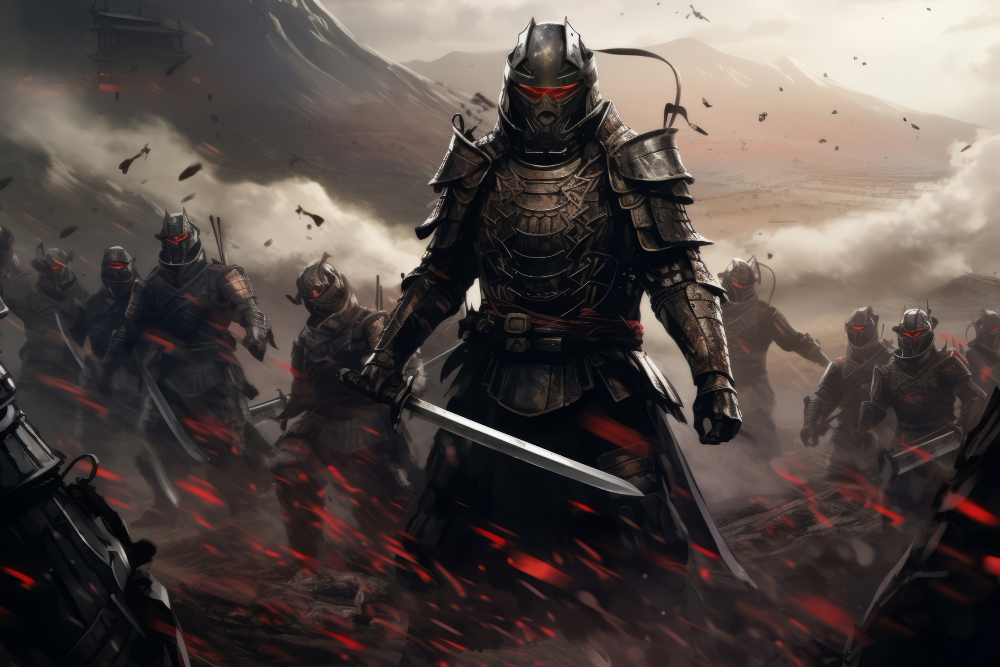
Conclusion
In conclusion, the integration of artificial intelligence (AI) into video game art offers unparalleled efficiency and creativity. AI-generated assets accelerate development cycles, providing diverse design options. However, the challenge lies in balancing the speed of AI with the nuanced touch of human-created art. While AI excels in speed, it may lack the emotional depth of human artists. Striking this balance is crucial for achieving a compelling visual aesthetic. Despite challenges, the future holds exciting possibilities, where the collaboration of AI and human creativity transforms video game design into an immersive and innovative experience. So, explore AI-generated art for your game today.

